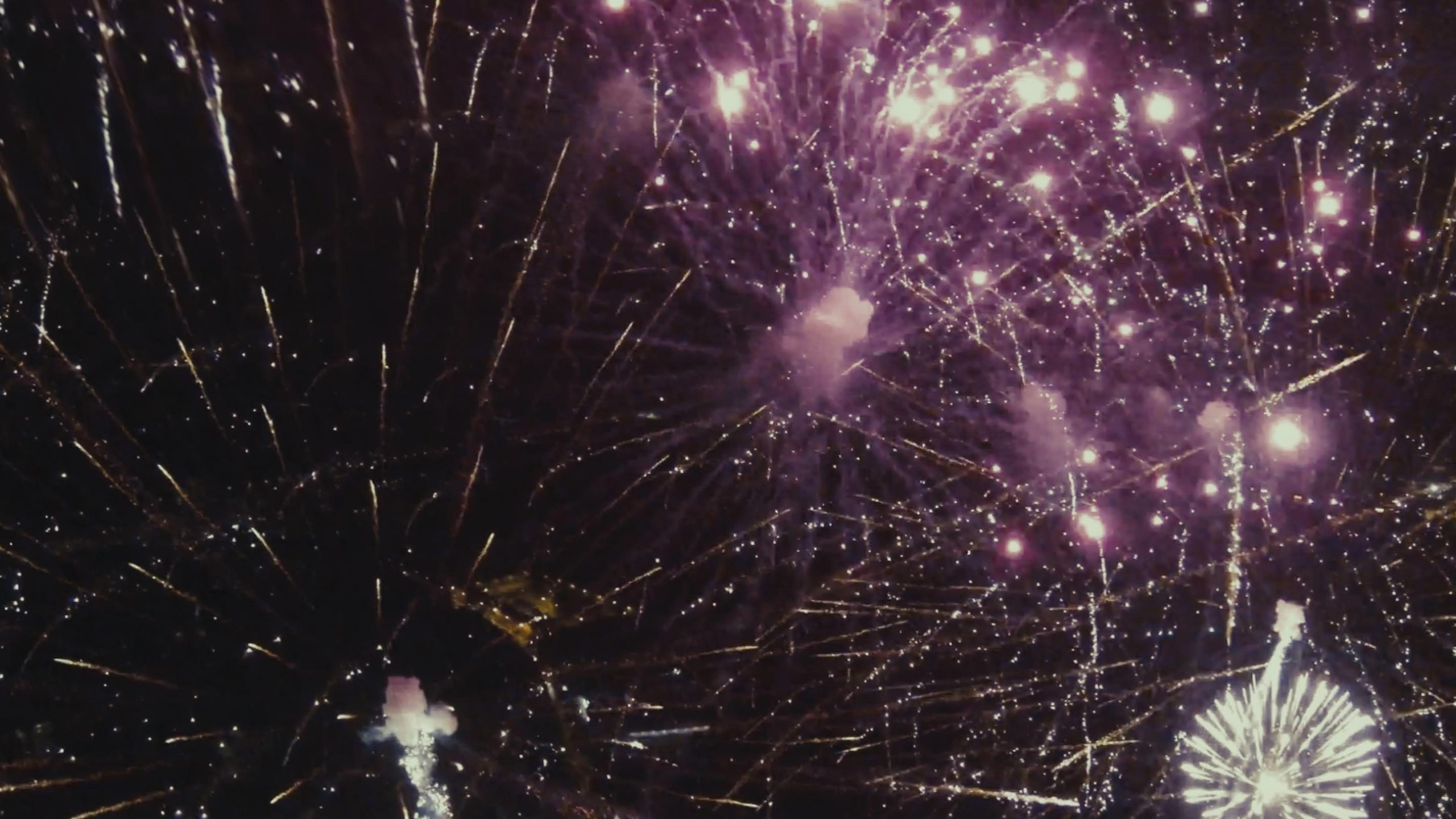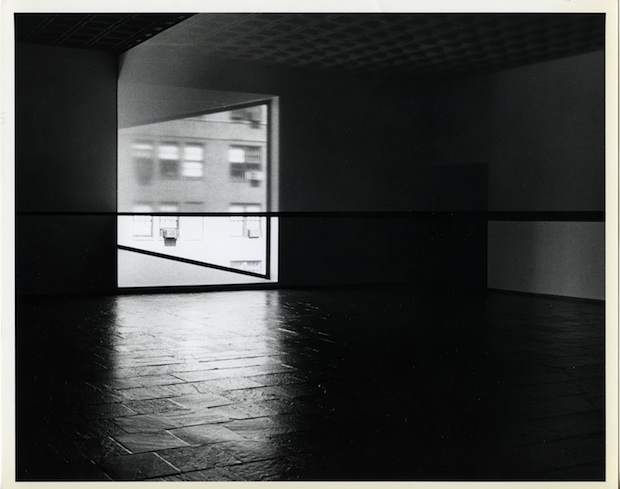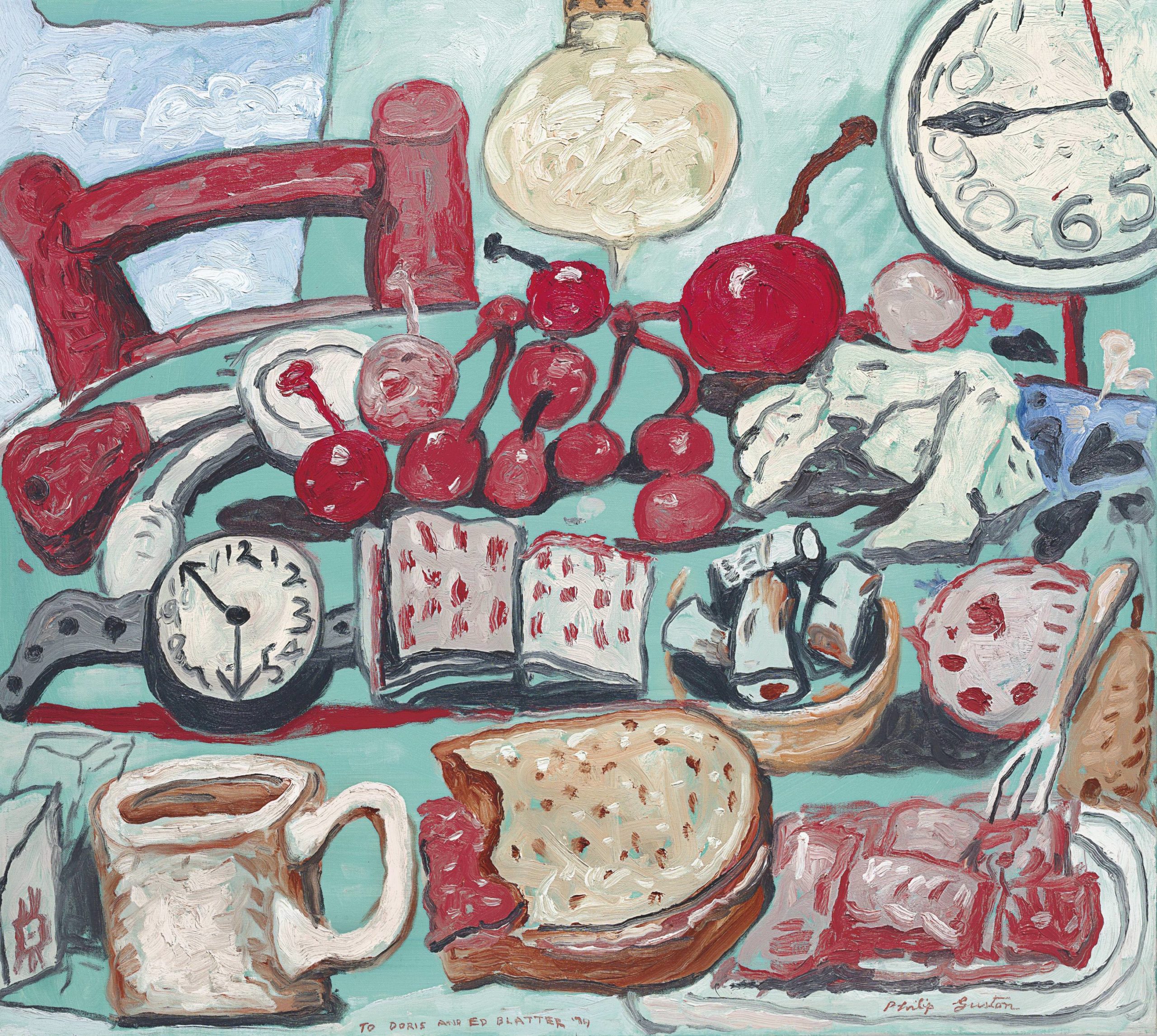Last week, “Void and Collapse” opened at 55-59 Chrystie Street in New York. The group exhibition of ceramics and sculpture is curated by Chloe Curtis and brings together work by Jenny Blumenfield, Chiaozza, Sean Gerstley, Isabel Halley, Suzanne Sullivan, Romy Northover, and Pilar Wiley. On view through May 9, Whitewall spoke with Curtis about the role of ceramics in contemporary art.
WHITEWALL: How did you become interested in ceramics?
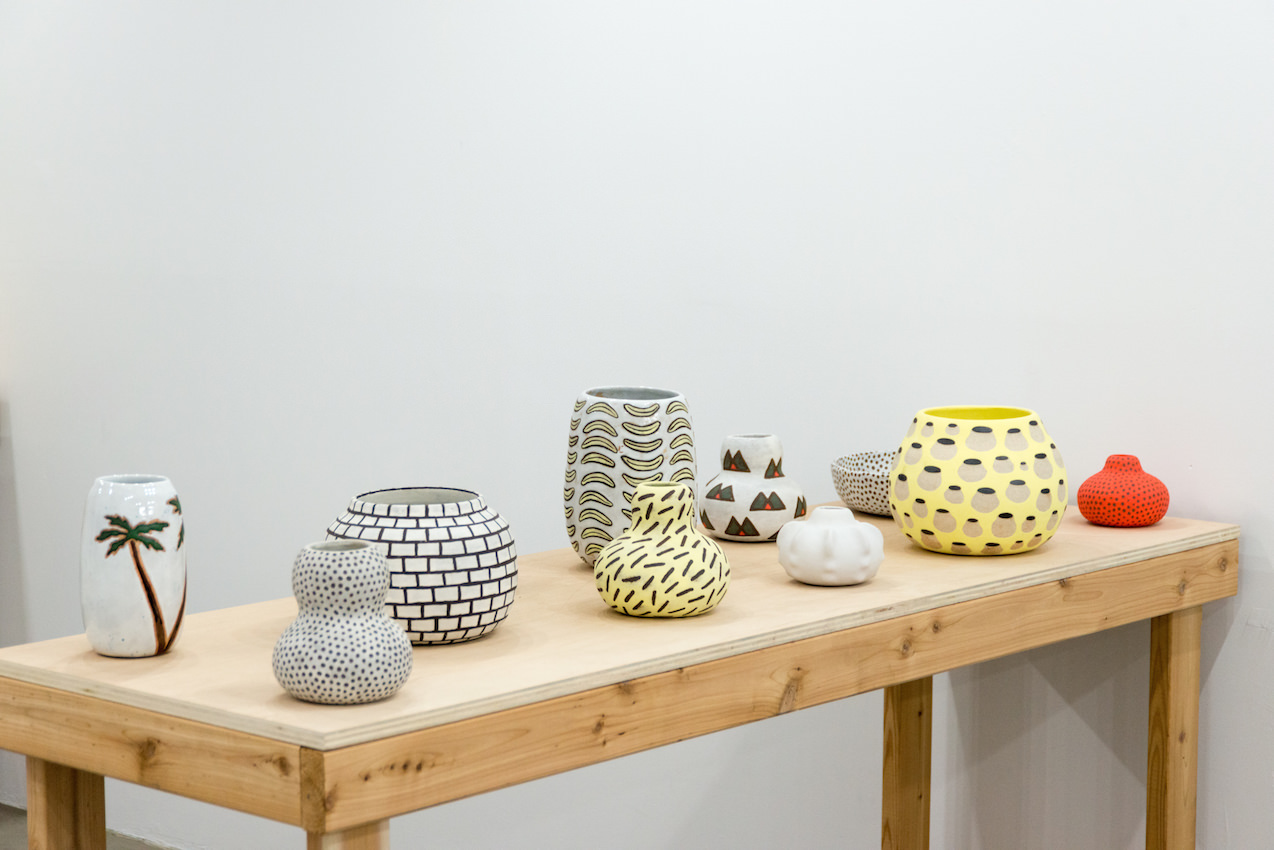
Installation view of “Void and Collapse”
Photo by Charlie Rubin
CHLOE CURTIS: I have always been interested in the use of craft-based materials in contemporary art. When I was working at Gagosian Gallery, I became particularly fascinated with the work of Shio Kusaka who opened an exhibition in the Gallery’s Hong Kong space. I found it extremely interesting that these traditional vessel shapes were being recognized in a prestigious contemporary art gallery setting. At that point, Shio’s works were out of my price range and in high demand so I began to explore other artists who were working in the same medium but whose practices weren’t universally accepted as fine art. The ceramic community is extremely interesting because it is so close-knit and familiar. I met with several different artists and really felt that there was a lack of opportunity for them to exhibit their work in a curated gallery context where the focus is on the object’s form and not its function.
WW: “Void and Collapse” makes the case for the importance of ceramics in contemporary art, as an equal to painting, works on paper, sculpture, etc. Why is that important for you and why do you think others might not necessarily agree?
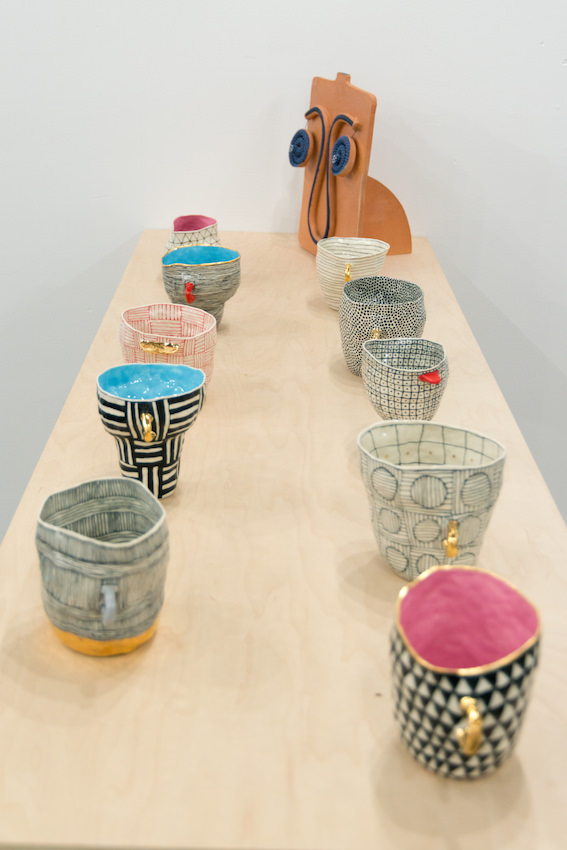
Installation view of “Void and Collapse”
Photo by Charlie Rubin
CC: It is these sorts of classifications that I think work against the medium. All of the works in this exhibition are by definition sculpture, though they are being created with craft-based materials. Functionality plays a very important role in this. When a ceramic work has a function and it can be utilized, it is generally labeled as “craft.” But this is often a misinterpretation of the artists’ intention, and specifically the artists in this exhibition. For example, Suzanne Sullivan creates objects with traditional vessel forms, but with a closer look at the unique surface details and drawings, they start to look more like three-dimensional paintings, rather than functional objects. It is this unique formal language that directs the emphasis to the composition of the works and allows them to be considered within the same aesthetic criteria as paintings, sculpture, and works on paper.
WW: There are some canonical figures in art that worked in ceramics, like Cy Twombly. Are there any older artists who worked in the medium you looked towards as a point of reference for this show?
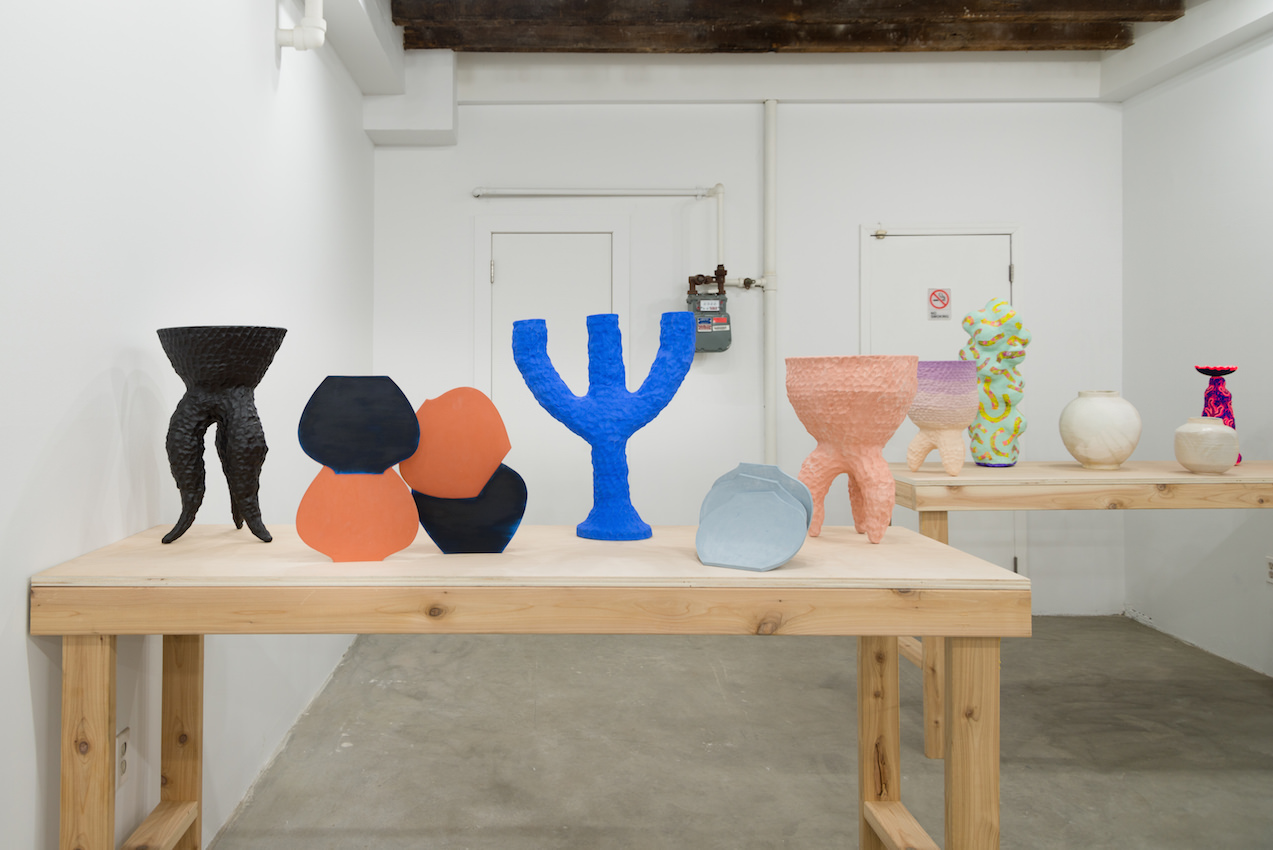
Installation view of “Void and Collapse”
Photo by Charlie Rubin
CC: Throughout art history, artists from Pablo Picasso to Willem de Kooning to countless others, have worked across a variety of media, including clay, as a part of their overall output. I was particularly inspired by the artists who participated in “Ceramic Sculpture: Six Artists” at the Whitney Museum of American Art (December 9, 1981—February 7, 1982). This exhibition included the work of Peter Voulkos, John Mason, Kenneth Price, Robert Arneson, David Gilhooly, and Richard Shaw. Each of these artist fought against the same stereotypes that look at ceramic art as craft, as they worked with clay in their practice. I found it remarkable that there is still cause for that perception today, despite the influence of such major artists and powerful exhibitions. I became intrigued by the work of Kenneth Price in particular as I feel his skill in applying color and decoration relates to several of the artists in this exhibition. Price moved the focus away from functionality by creating objects that were more sculptural with a harmony of color and form.
WW: In the show is work by Jenny Blumenfield, Chiaozza, Sean Gerstley, Isabel Halley, Romy Northover, Pilar Wiley. How did you go about choosing this group of artists? Could you speak to maybe some of the surprising way they work in the medium?
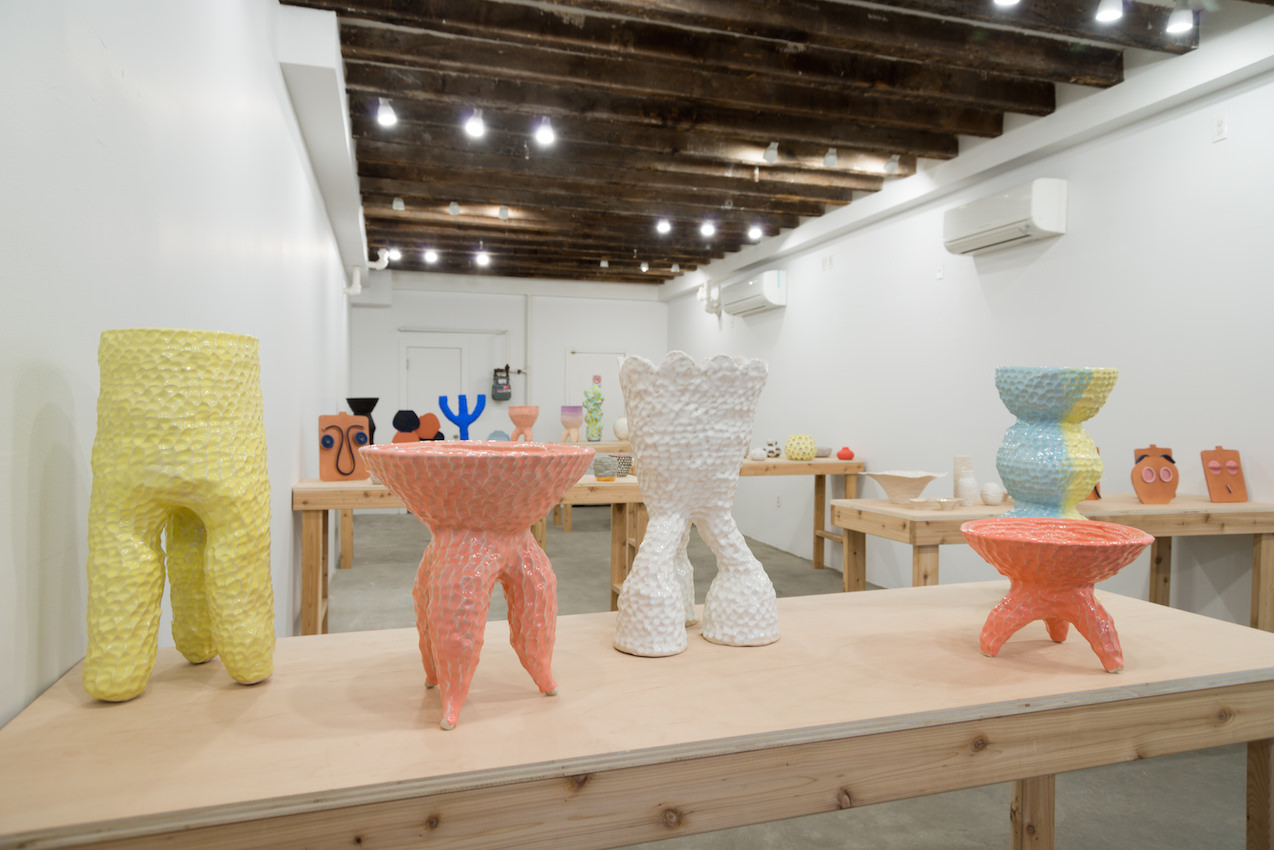
Installation view of “Void and Collapse”
Photo by Charlie Rubin
CC: Choosing the artists for this exhibition was a very intensive process. I went on several studio visits bringing me to all corners of New York City, Los Angeles, and Philadelphia. I spoke with numerous artists who had different styles and techniques but took a targeted approach nonetheless. Pilar Wiley works out of a studio in the back of her home in L.A. surrounded by a lush garden of succulents and fruiting citrus trees. She uses the wheel to throw her vessels and she also hand builds them. Each object explores a different pattern, texture, or form and when they are placed together, the pieces indicate the importance of the relationship between objects in groups. She focuses on the individual characteristics of a piece through mark-making and repetition, and employs a wax resist to paint patterns that are transformed in the kiln. She also creates a contrast between raw clay forms and deep colors to emphasize the relationship between matte and gloss.
WW: The objects are all $1800 and under, which makes it a really accessible show. Is that the nature of the kind of work or was there a specific intent behind that?
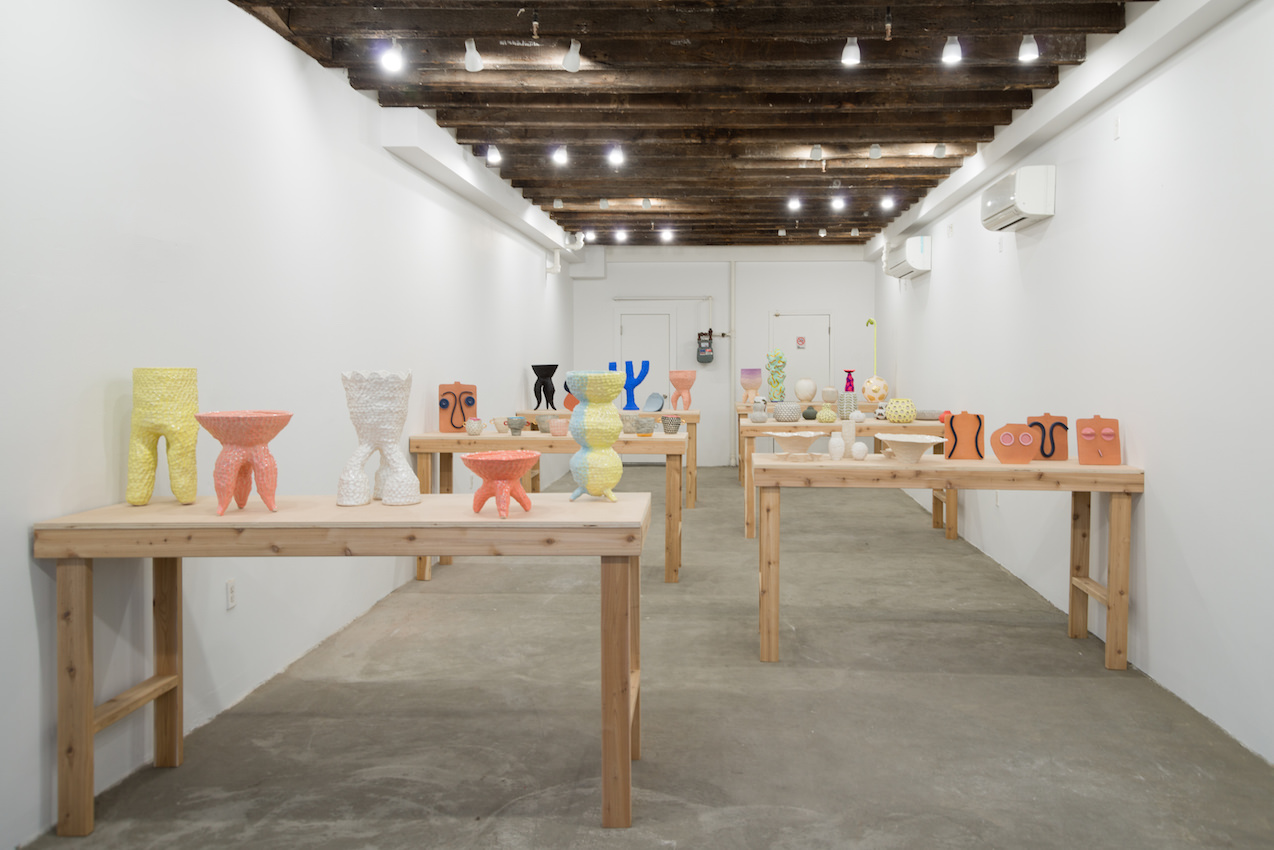
Installation view of “Void and Collapse”
Photo by Charlie Rubin
CC: So many of my friends and people I know are interested in getting into collecting art and I think its quite difficult in New York City where you either don’t have the funds or you don’t have huge white walls. I wanted to find artists that were affordable so that I could offer it to young collectors to help foster the next generation. The fact that these works are ceramics also makes them a great first stepping stone because, while people might not have a lot of room, everyone has a coffee table or a windowsill where these work can really add a unique aesthetic value.
In addition to its accessibility, I think that the younger generation of art patrons and emerging collectors are drawn to ceramics because of its handmade element. In a world consumed by technology, where we are constantly on our phones or computers, it is refreshing to look at something where we can really see every touch from the maker’s hand. We admire the idiosyncrasies of the work where no two things can be the same.
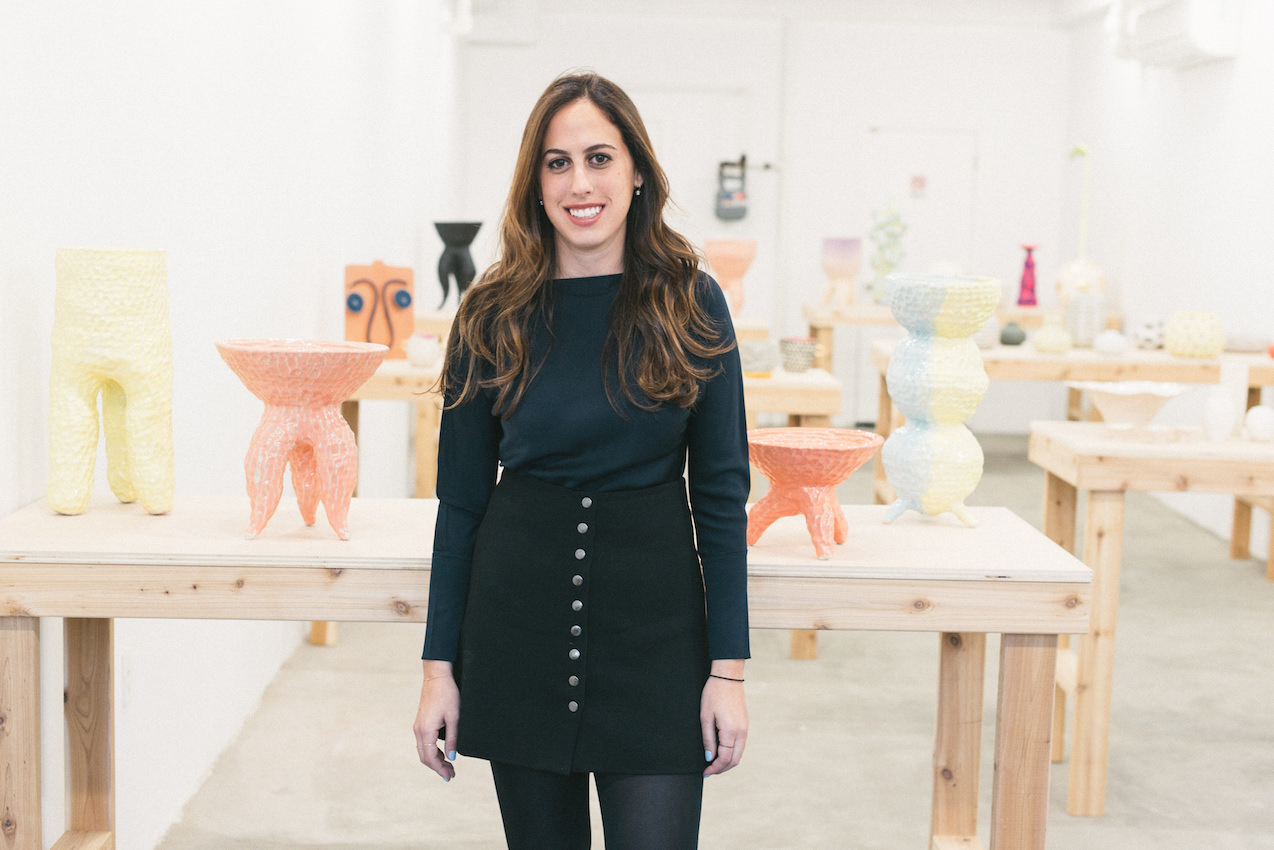
Chloe Curtis
Photo by Charlie Rubin




